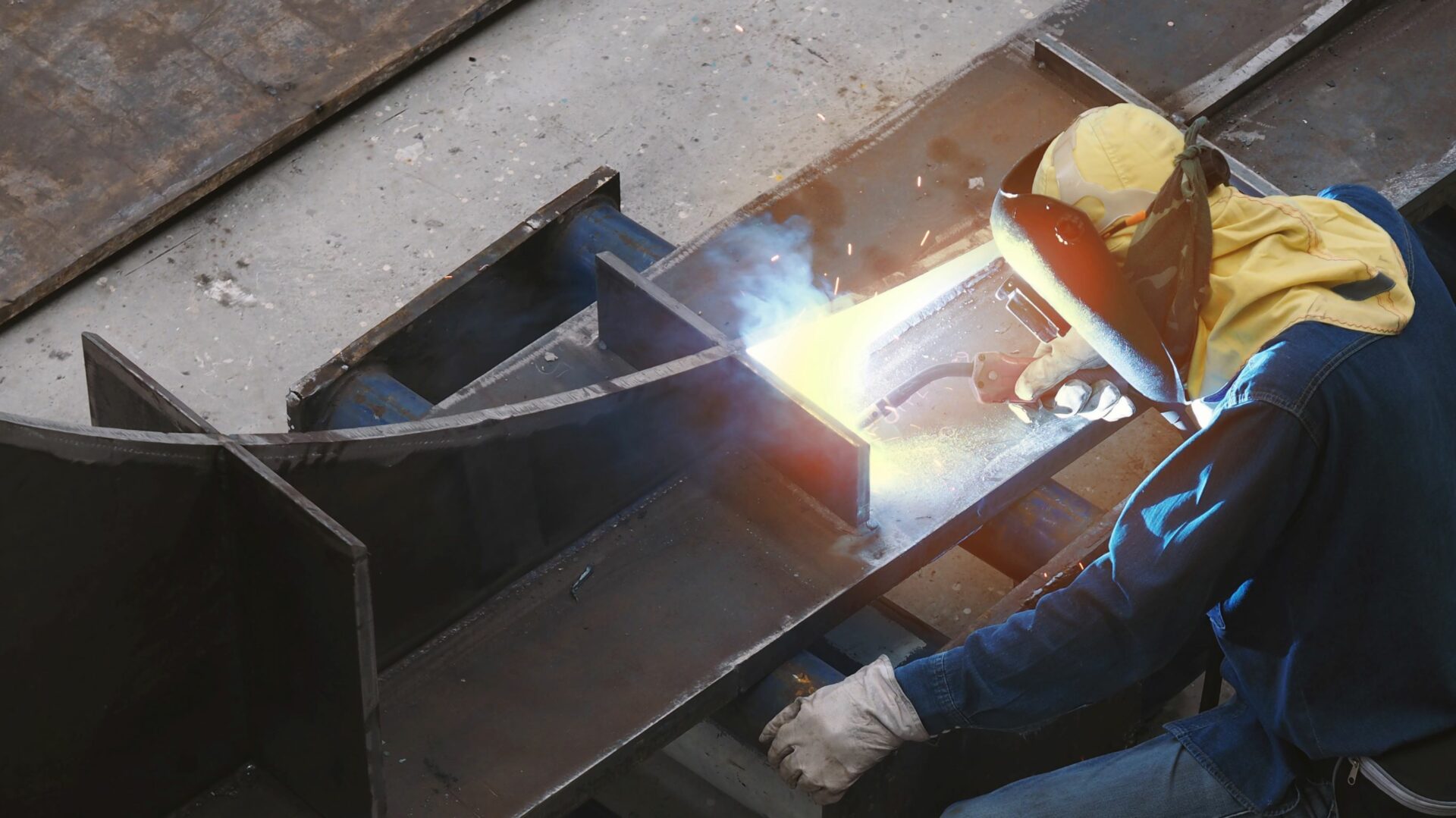Hot Work is defined by the EPA as any work involving electric or gas welding, cutting, brazing, or similar flame or spark-producing operations. This can be very dangerous work and pose safety and health risks to hundreds and thousands of workers in a variety of industries.
Some main hazards with hot work include confined spaces, fires, explosion, burns, sparks, arc flash, smoke inhalation, heavy metal poisoning, lung cancer, and metal fume fever among others. Types of hot work include soldering, brazing, open flame, and arc welding.
Solder and welding are different. Soldering is when metal fabricators heat metal to bond with another piece, but the metal is never melted. Soldering is a joining process in which 2 or more items are joined together by either melting and pulling a filler metal into the joint; the filler metal having a lower melting point than the adjoining metal. Gold, silver, copper, brass, and iron can be soldered.
Brazing and welding are different because the brazing process does not involve melting metal pieces. Brazing is the process of joining 2 or more metal items together by melting and flowing a filler metal into the joint. Brazing can be hazardous because it exposes workers to metal fumes and ultraviolet (UV) radiation. Brazing and soldering are different because brazing is a process which involves a filler metal that has a liquid above 450°C (842°F).
Any work that produces an open flame, sparks, or includes the use of torches or fires is included in hot work. Hazards of working with open flames include the risk of fires and explosions, burns, arc flash, and the possibility of death.
Arc welding is the technique in which metals are welded using the heat generated by an electric arc. People designated to operate arc welding equipment should be properly instructed and qualified to operate such equipment.
Flammable Materials
With any type of welding that is being performed, flammable materials will be encountered. Hot work must only be done in designated areas that are free of fire hazards. All precautions must be taken to confine heat, sparks, and slag so that they cannot contact flammable or combustible material. Fire extinguishing equipment must be suitable for the location and be immediately available and always maintained in a state of readiness for use.
Drums, containers, or hollow structures that have contained flammable or combustible substances must either be filled with water or cleaned and must then be ventilated. A designated person must test the atmosphere and determine that there is no hazards before hot work can be performed.
Before heat is applied to a drum, container, or hollow structure, an opening to release built-up pressure during heat application must be provided. When practical, objects to be welded, cut, or heated should be moved to a designated safe location. If the objects to be welded, cut, or heated cannot be readily moved, all movable fire hazards in the vicinity should be taken to a safe place, or otherwise protected.
When necessary, companies should assign additional personnel to guard against fires during actual welding, cutting, or heating operations, and for a sufficient period of time after completion of the work to ensure that no possibility of fire exists. Personnel should be instructed as to the specific anticipated fire hazards and how the firefighting equipment provided should be used.
Management must recognize its responsibility for the safe usage of cutting and welding equipment on its property and, establish areas for hot work.
Companies should ensure that cutters or welders and their supervisors are suitably trained in the safe operation and use of their equipment. Make sure all personnel are aware of flammable materials or hazardous conditions of which they may encounter.
Before cutting or welding is permitted, the area must be inspected by the individual responsible for authorizing cutting and welding operations ( normally a supervisor). That person must designate precautions to be followed when granting authorization to proceed, preferably in the form of a written permit.
Confined Spaces
Confined spaces are one of the most hazardous places to perform hot work. Extra precaution should be taken when performing any type of work in confined spaces. Before performing hot work in a confined space make sure to determine if any special training or permits are needed, remove any unnecessary hazardous materials that might be in the work area. In all confined spaces prior to entering, make sure the atmosphere has been tested and is safe for entry. Eliminate possible fires in enclosed spaces by making sure there are no gas leaks or improperly closed torch valves. Make sure the work area is well ventilated. Respiratory protection should be provided if necessary.
These are just a few things to take into consideration when dealing with hot work. If you need a full comprehensive training in hot work, consider using our in-house DIY training kit. Or better yet, check out our online training options.
Call us at 866-627-3850 or email us at sales@jjsafetyllc.com to learn more.
